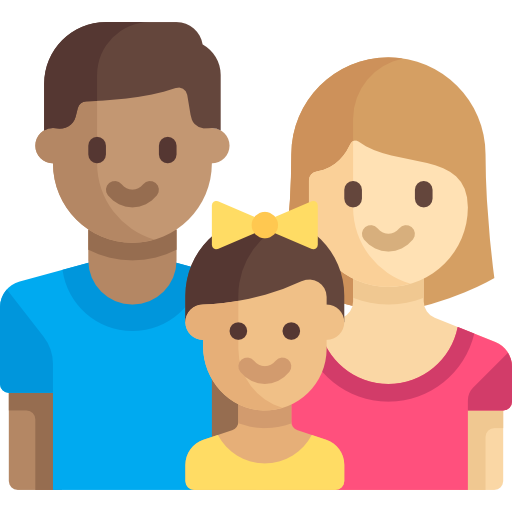Workforce Guidance for those working with child and young people with self-harming behaviour or suicidal ideation
This guidance is for staff working with children and young people in North Yorkshire under the age of 18 (under 25 for those with disabilities or for care leavers) who self-harm or feel suicidal. It is not aimed at people who work within the mental health sector; instead it is targeted at people who work with children/young people in a wide range of settings such as schools, youth work or community groups. Everyone can play a part in helping children and young people at risk.
The guidance sets out key principles and ways of working but does not prescribe how to act in individual situations. It is not intended to override individual organisational or professional guidelines where they exist. It can however be used as a prompt for discussions about organisational approaches to working with self-harm and suicidal intent, or to highlight individuals’ skills or training needs.
“People look at you weird, like you tried to kill yourself when you didn’t, they look at you in disgust, I just want to cope”
Self-injury
Self-harm and self-injury are ways that some young people cope with difficult and distressing feelings. This can be putting themselves in risky situations but also can be injuring themselves in some way. Sometimes this can be simply experimenting in risk taking behaviours in the same way as experimenting with drugs and alcohol and may not always be a sign of difficult and distressing feelings. It is not usually about ending their life, however sometimes young people feel unsure whether they want to die or not.
Some young people do have suicidal thoughts and feelings and sometimes they harm themselves in ways that are very dangerous, and it is possible that they could accidentally kill themselves.
Some examples of how young people may self-injure include:
- Cutting or burning.
- Taking an overdose of tablets (whether these are prescribed or not).
Self-harm can include anything that causes an injury but can also be about taking risks. It can also involve using alcohol or drugs excessively – though many young people do not see this as self-harm or self-injury. Recognising these behaviours can be as important as those that are obvious such as cutting.
“When I self-harm it is me telling the outside world what I feel inside, which I can’t express in words. Often it is an alternative to me attempting to kill myself, and all that I really want is someone to hug me and let me talk to them”
Self-harming is always dangerous, even if it is not intended to be. One example of this is superficial cutting. This may not require an immediate response but it is still probably a sign of emotional distress and the young person still needs support. As a member of staff you may wish to
get advice and support to help you work with the student to access services.
Further information regarding the pathway of support for children and young people who deliberately self-harm can be accessed as follows:
www.northyorks.gov.uk/mental-health
Self-harm
The National Institute for Health and Care Excellence (NICE) have published numerous pieces of guidance for self-harm as well as pathways and quality standards.
For guidance please visit:
- Self-harm in over 8s: long-term management: www.nice.org.uk/guidance/cg133
- Self-harm in over 8s: short-term management and prevention of recurrence: www.nice.org.uk/guidance/cg16
- For the NICE Pathway please visit: pathways.nice.org.uk/pathways/self-harm
- For the NICE Quality Standard please visit: www.nice.org.uk/guidance/qs34
- For NICE shared learning please visit: www.nice.org.uk/guidance/conditions-and-diseases/mental-health-and-behavioural-conditions/self-harm/products?Status=Published&ProductType=SharedLearning
Suicide
Paradoxically, self-harm can be a coping mechanism to dull mental distress with the aim to preserve life, which can be a difficult concept to understand. Despite this clear distinction, young people who self-harm are known to be in a high risk group for future suicide; however suicidal feelings are likely to originate from the issues behind the self-harm rather than the self-harm itself. In some cases death occurs as a result of self-harm but is not the intention.
Suicide is still a rare event in young people; attempted suicides are uncommon in childhood and early adolescence, but increase markedly in the late teens and continue to rise until the early 20s. Nevertheless all people working with children/young people must be aware of the potential for someone to complete suicide and must work together to ensure that no child/young person feels suicide is their only option.
You may feel anxious about asking a child/young person if they are self-harming or considering suicide; however it is important to talk about it even if you find it uncomfortable.
Remember: It is a myth that you may put the idea into their head.
Questions you could ask include:
- Are you having suicidal thoughts?
- Are you planning to self-harm?
- Are you considering taking your own life?
- What is happening for you?
- How is this affecting you?
- What help do you need?
- What would you like to happen next?
If you feel that the child/young person is at risk of self-harm or suicide then it is necessary to understand the seriousness and immediacy of the risk. Depression, hopelessness and continuing suicidal thoughts are known to be associated with risk.
If the child/young person talks about killing themselves always take this seriously as many people who do complete suicide have previously told a professional about their intention.
The following warning signs suggest that the risk is high:
- Current self-harm, especially if it poses a risk to the child/young person’s health and wellbeing.
- Thoughts of suicide are frequent and not easily dismissed.
- Specific plan to complete suicide.
- Access to the means to complete suicide (for example, stockpiling tablets).
- Significant drug or alcohol abuse.
- Situation felt to be causing unbearable pain or distress.
- A friend or family member who has died by suicide.
- Previous, especially recent, suicide attempt.
- Evidence of current mental illness.
- Limited protective factors that may prevent them from attempting suicide or harming themselves, for example, socially isolated, poor relationships with parents/carers etc.
- No support mechanisms when distressed.








 View all our news
View all our news